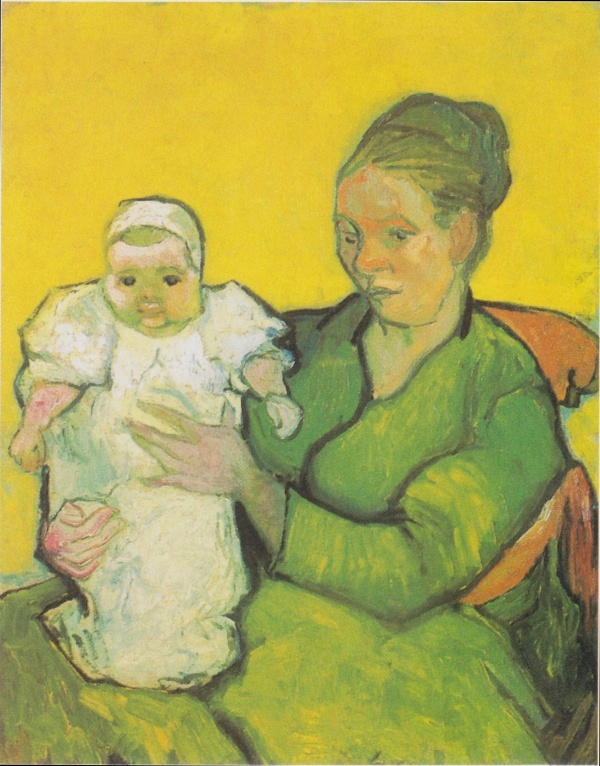Facts About Paintings of Children (Van Gogh series)
Vincent van Gogh had a remarkable talent for painting children, finding it a deeply moving and soulful experience. Although he didn't create a vast number of paintings featuring children, those he did make held significant meaning for him. Over his ten-year painting career, from 1881 to 1890, Van Gogh's style evolved dramatically, becoming richer in both color and technique. He was influenced by movements such as Impressionism and Japonism.
Van Gogh's time in Paris was transformative for his art. It exposed him to a variety of artistic influences and helped him develop his unique style. When he moved to Arles in southern France, he created some of his most iconic pieces, including portraits of the Roulin family and his famous sunflower paintings. His portraits, particularly those of children, aimed to capture timeless and comforting qualities, using color and emotion to bring out the essence of his subjects.
During his stay in Saint-Rémy, Van Gogh painted many works inspired by the local landscapes and the art of Jean-François Millet. Later, while in Auvers-sur-Oise under the care of Dr. Gachet, he went through a prolific period, creating around 70 works in just a few months. Portraits of children, like "Adeline Ravoux" demonstrate his talent for capturing the essence and emotions of his subjects, using color and technique to convey their character.
Van Gogh's paintings of children and families reflect his deep emotional connection to his subjects and his evolving artistic style. His use of color, brushstrokes, and symbolic elements in these works highlights his unique approach to capturing the essence of his subjects and conveying emotional depth in his art.

 Belgium
Belgium